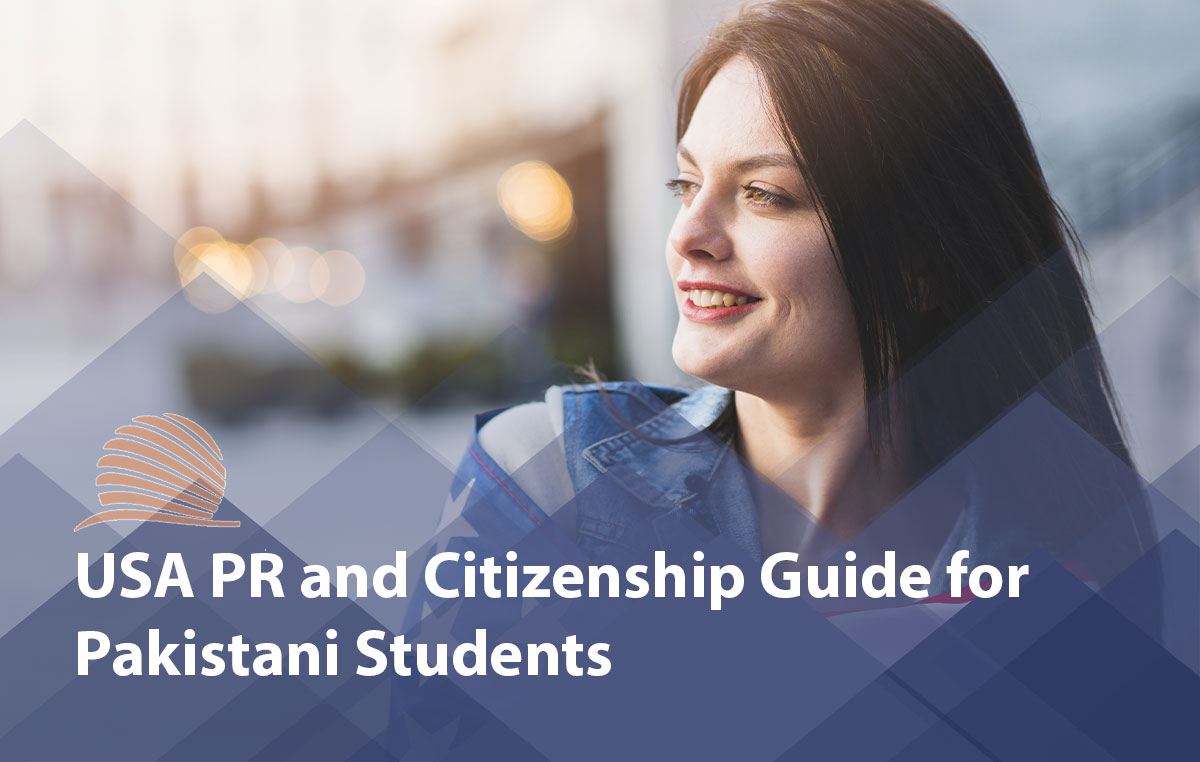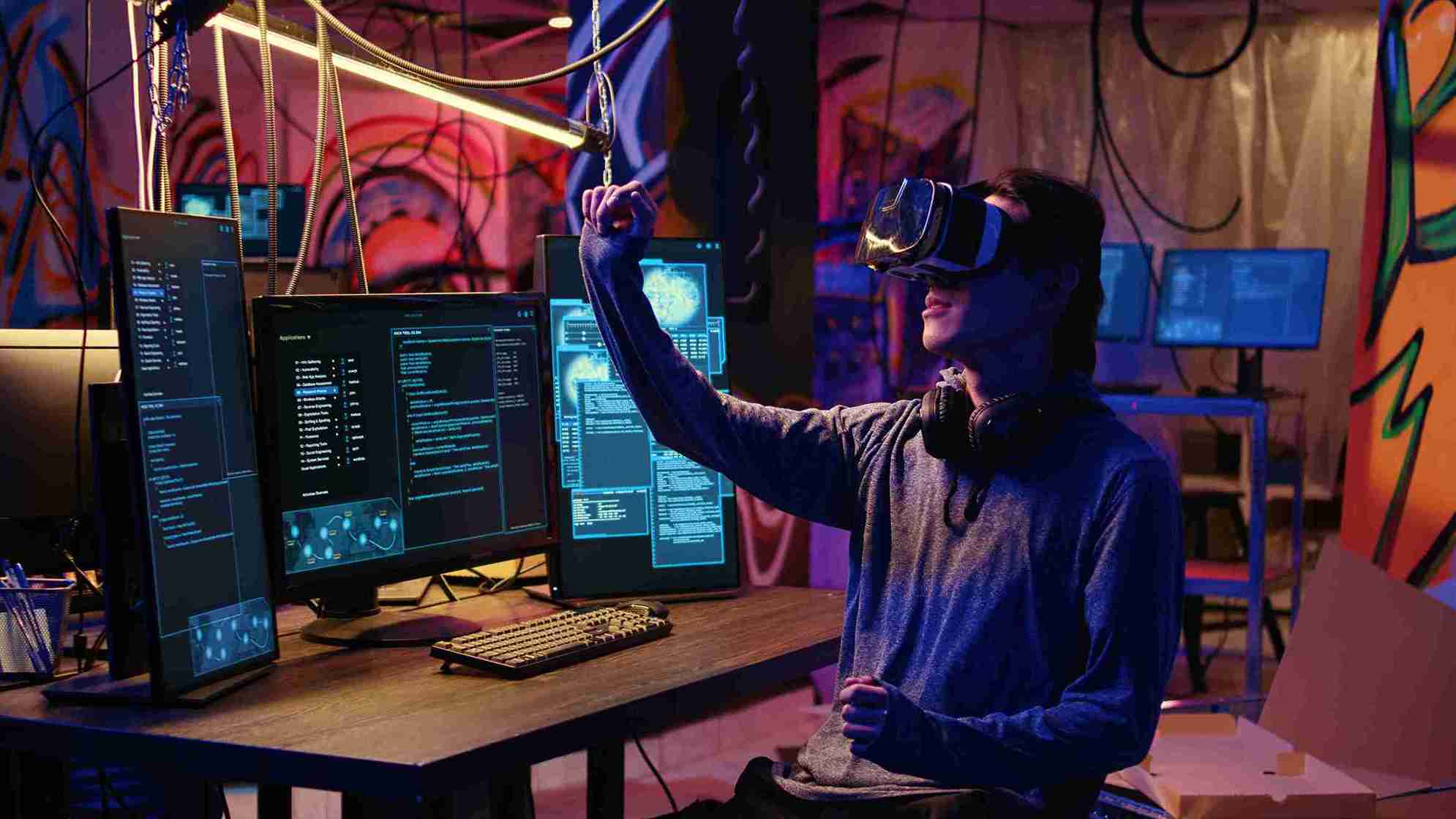Why Pakistani Students Choose United States As Study Destination

Study abroad expert advice
Don't waste time! just fill the form to get help.
PR & Citizenship in United States for Pakistani Students 2025
For many Pakistani students, studying in the United States is not only about academic excellence but also about building a long-term future in one of the world’s most advanced countries. The U.S. offers numerous opportunities for international graduates who wish to stay, work, and eventually apply for permanent residency (PR) or even citizenship.
Understanding the immigration system, work permits, and Green Card eligibility can help Pakistani students plan their career and life goals effectively. This article provides a detailed overview of how to transition from a student visa to permanent residency and U.S. citizenship.
Post-Graduation Work Options (OPT & STEM OPT)
After completing a degree in the USA, international students on an F-1 visa are eligible for Optional Practical Training (OPT) — a temporary employment period that allows them to gain practical experience in their field of study.
Program | Duration | Eligibility |
OPT (Optional Practical Training) | 12 months | Available after completing a U.S. degree |
STEM OPT Extension | Additional 24 months | For students with Science, Technology, Engineering, or Math degrees |
This means STEM graduates can work for up to 3 years after graduation. OPT is a vital first step for students aiming to transition into longer-term visa categories.
Transitioning to Work Visas (H-1B Visa)
The most common route to PR for Pakistani students after completing their OPT is through the H-1B visa, which allows U.S. companies to hire international professionals in specialized fields.
Key features of the H-1B visa:
- Valid for 3 years, extendable up to 6 years.
- Requires sponsorship from a U.S. employer.
- Applicants must hold a bachelor’s degree or higher in a specialized field.
Once on an H-1B visa, you can later apply for employment-based Green Card categories such as EB-2 or EB-3 to obtain permanent residency.
Green Card Pathways for Pakistani Students
A Green Card (Permanent Resident Card) grants long-term residency in the United States, allowing you to live and work freely. Pakistani students typically obtain Green Cards through one of the following routes:
Category | Description |
Employment-Based (EB-2 / EB-3) | Sponsored by a U.S. employer for skilled professionals. |
Family-Based Sponsorship | If you have close family members (e.g., spouse, parent) who are U.S. citizens or Green Card holders. |
Diversity Visa Lottery (DV Lottery) | Annual lottery program for individuals from eligible countries (Pakistan is usually eligible). |
National Interest Waiver (NIW) | For highly skilled professionals whose work benefits the U.S. economy or national interest. |
The EB-2 NIW is especially beneficial for Pakistani students with advanced degrees and a strong research or innovation background.
The Diversity Visa (DV) Lottery
The U.S. Diversity Visa Lottery Program is one of the most accessible ways for Pakistani citizens to apply for a Green Card without employer sponsorship.
- Conducted annually by the U.S. Department of State.
- 50,000 diversity visas are granted each year.
- Applicants must have at least a high school education or two years of relevant work experience.
- Winners are selected randomly and can later apply for U.S. permanent residency.
Students already in the U.S. on an F-1 visa can also apply for the DV Lottery while continuing their studies.
Steps to Apply for U.S. Citizenship
Once you hold a Green Card, you can apply for U.S. citizenship through the process of naturalization after meeting certain requirements:
Requirement | Details |
Continuous Residency | Lived in the U.S. as a Green Card holder for at least 5 years. |
Physical Presence | Spent at least 30 months physically present in the U.S. |
Good Moral Character | No criminal record or immigration violations. |
English & Civics Test | Must pass a test on English and U.S. government basics. |
Oath of Allegiance | Final step to become a U.S. citizen. |
After approval, you gain all the rights and responsibilities of a U.S. citizen, including voting and eligibility for federal jobs.
Challenges and Considerations
While the U.S. offers multiple paths to PR and citizenship, the process can be lengthy and competitive. Pakistani students should be prepared for:
- H-1B visa lottery system (not all applicants are selected).
- Employer sponsorship
- Processing delays due to high global demand.
- Strict compliance with visa rules during the transition.
Consulting with an immigration advisor or attorney can be extremely helpful when moving from a student to a work or PR status.
Advantages of U.S. Permanent Residency
Holding a U.S. Green Card offers life-changing benefits:
- Freedom to live, work, and travel within the U.S.
- Access to better job opportunities and higher salaries.
- Eligibility for in-state tuition at universities.
- Pathway to S. citizenship after 5 years.
- Ability to sponsor family members for immigration.
These advantages make the U.S. an attractive destination for Pakistani students aiming for long-term growth and stability.
Estimated Timeline for PR and Citizenship
Stage | Visa Type | Duration |
Study Period | F-1 Student Visa | 2–5 years |
Post-Graduation Work (OPT/STEM OPT) | F-1 Extension | 1–3 years |
Work Visa (H-1B) | Employer Sponsored | 3–6 years |
Green Card Application | EB-2 / EB-3 / DV Lottery | 1–5 years |
Citizenship Application | Naturalization | After 5 years of PR |
Total estimated timeline: 10–15 years (varies case by case).
Conclusion
For Pakistani students, the United States offers not just world-class education but also the potential for a successful and secure future through permanent residency and citizenship opportunities. By strategically planning post-study work options, maintaining legal status, and exploring available visa categories, students can turn their American education into a lifelong global career.
With persistence, networking, and the right professional guidance, studying in the USA can be the first step toward achieving the American Dream.











.jpg)


